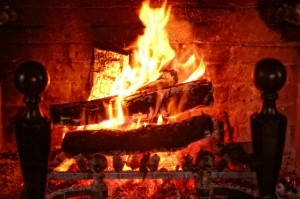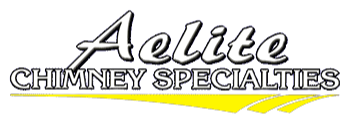Getting to Know the Parts of a Chimney
There’s that time of year when you’d want to snuggle up with your loved ones as you endure a cold day – a time when you need warmth and comfort. What better way to do that than in front of a cozy well-kept fireplace. Fireplaces and chimneys have been an integral part of homes for many centuries, especially in countries that are further north or south from the equator, or that have four seasons a year. During winter time, people are likely to experience freezing temperatures for a very long time. They need something that can keep them warm.

Understanding how the different parts of your chimney work together for maximum efficiency and safety is something every homeowner should know.
A chimney is not just a luxury or just part of a house’s aesthetic design; it is more of a need. There are essential things to learn because the presence of a chimney and fireplace can open the possibility of fires. If your house has a chimney, you have to know how it works as well as how to clean or inspect it to prevent such untoward accidents. In order to know these things, you must first be familiar with its anatomy. Do you know what it’s made of? It will be easier to address any concern regarding your chimney if you have the basic knowledge on its components.
There are six fundamental parts that make up a chimney:
1. Chimney Crown – This protects your chimney from water leaks in small areas. This is important because it can affect the performance of your chimney. The bricks that make a chimney must be protected to assure that there are no leaks and the mortar element will not deteriorate.
2. Flue – This part serves as a passageway for the smoke to come out into the open. It also has a specific area where the smoke is allowed to come in and out of.
3. Flue Lining – This makes sure that flue is properly held together. This also ensures that there is a minimal amount of dangerous debris that will accumulate.
4. Smoke Chamber – The purpose of this is to conduct the compression of some of the materials from combustion into a much smaller area so as not to cause a repercussion. Using slope walls will contribute to this as well.
5. Chimney Damper – These are lever activated doors if you have an automated chimney. They are closed when the other three seasons are fast approaching and are open once the winter season kicks in. This should be maintained throughout the entire year.
6. Smoke Shelf – This is located behind the chimney damper. It performs the duty of catching free falling debris and raindrops. This helps in the alteration of huge amounts of water into the area of the chimney.
These are the basic parts of a chimney. Like any other man-made infrastructure, it has it flaws and shortcomings. It may get damaged due to many factors. Perhaps it is already old, perhaps it’s overused, or perhaps you didn’t use the right kind of materials to burn. Another reason could be because you didn’t maintain it throughout the years. This is the reason why you have to constantly have it inspected. There might be need for it to be repaired. Companies like Aelite Chimney Specialties, provide the best services to fix, repair, and solve all your chimney frustrations. They are definitely the ones to call if you want to experience a whole new level of service.
